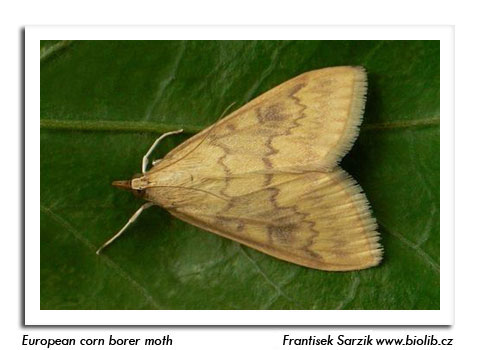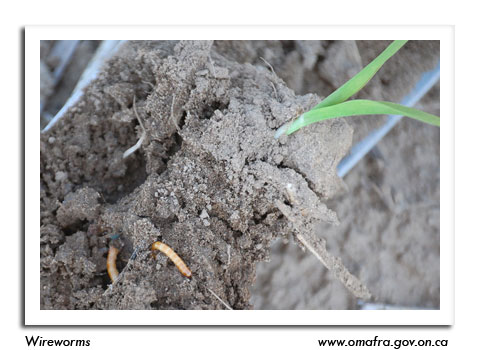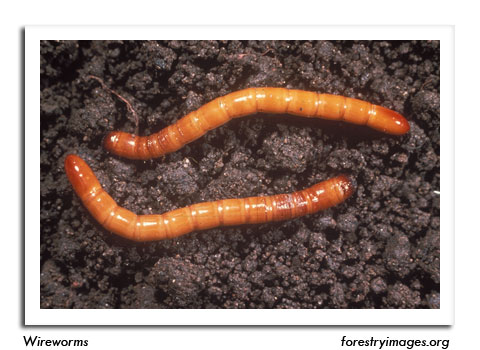
 |
|
|
Corn
Volume 58 Number 3 Date 05/16/2013 BLACK CUTWORM - More moths arrived with southerly winds in the past week. The network of 31 pheromone traps distributed in southern Wisconsin registered another 68 migrants, for a cumulative total of 252 as of May 15. Moths began appearing in the state in mid-April this year and egg deposition is now occurring on winter annual weeds such as common chickweed, peppergrass and yellow rocket in no-tillage and reduced tillage fields. Larvae resulting from the spring flight could begin cutting corn seedlings by May 28. EUROPEAN CORN BORER - Larvae are pupating in Grant, Lafayette and Rock counties and in other warm southern locations. These advanced corn borers are expected to spend the next 7-10 days in the pupal stage before emerging as moths late next week or the following week. Elsewhere in the state pupation has not yet started and the first moths are unlikely to emerge before early June. WIREWORM - This soil pest has been noted during surveys in the last two weeks, and like the black cutworm, could injure emerging corn later this month. Corn planted into fields formerly in alfalfa or pasture is at an increased risk of damage, which is especially important to consider this spring as numerous acres of winterkilled alfalfa are converted to corn. Problems should become evident later this month as corn emerges from the soil. In severe situations, or if wireworms have been a serious problem in the past, treatment may be necessary. -- Krista Hamilton, DATCP Entomologist 



|
|
|